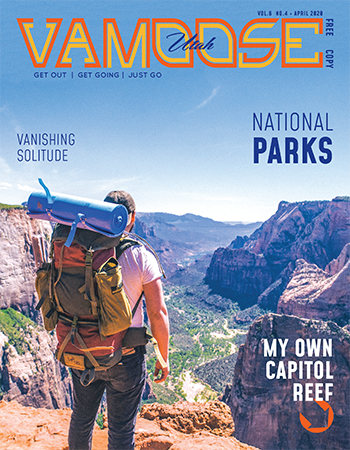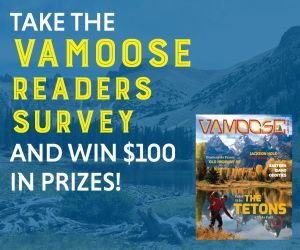How to reserve coveted campsites for the coming year
By Rebecca Chavez-Houck
Some folks “glamp” year around, but our season usually starts in March and ends in October. Although we’ve winterized our RV, and it’s safely stored for the next few months, we aren’t sitting idle in the winter when it comes to our love of camping in our RV.
Starting in September (if not sooner), we begin mapping out where we want to travel in the following year. There are campers who don’t mind “boondocking” (finding a place that works based on how far they travel in a given day—and there’s always the local Walmart if you can’t find a place on public lands that works), but that is not our cup of tea.
For campgrounds operated by the National Parks Service (as well as many U.S. Forest Service and state park managed campgrounds), “rolling” reservations open up four to six months (again, depending on the location) prior to the date you plan to book. You can see why we start so early lining up our “glamping” venues for the upcoming year. For some places we visit on the Pacific Coast, the campsites are booked nine months ahead of time.
A couple of years ago, we decided to visit to Yosemite National Park. Prior to the reservation window opening, we researched the park’s campgrounds and picked a few that we liked. Then, at exactly 7 a.m. six months out to the day, my husband, Martin, and I both logged in to Reservation.gov and began trying to book the sites. We watched them disappear as quickly as we tried to book them, but kept refreshing our screens and trying again.Luckily, we reserved ours. But within a matter of minutes, all the sites were spoken for.
This has been our experience with more popular national and state park campgrounds, especially during peak season. Commercial campgrounds might be more readily available, but, if they’re close to popular tourist spots, they can fill up as soon as they start taking reservations for the coming year.
Helpful websites include ReserveAmerica.com, Campendium.com and CampsitePhotos.com (which we use to get a feel for what campgrounds and their sites look like and what amenities are provided). These websites can help you locate other options when your first choice is not available. There are many things to keep in mind when scoping out camping sites for your RV. For example, road conditions and limitations on vehicle weight, length or width may limit accessibility to a particular campsite.
The sites themselves could have limitations on length. While we don’t mind boondocking, I do prefer to have access to full or partial hook-ups whenever possible.
For ideas about where to travel, we look at blogs, YouTube videos, miscellaneous Facebook groups geared toward Winnebago View RVers, and, of course, other writers here at Vamoose!
Making Public Lands Accessible
Speaking of planning, that topic was a key focus at the Utah Outdoor Recreation Summit, held in St. George last fall. Sponsored by the Governor’s Office of Outdoor Recreation, summit topics ranged from how to meet the needs and interests of the public—from kids to millennials to boomers—to ardent dialogues about how all users should cultivate a sense of responsibility to protect outdoor resources.
Attendees also learned about state grants ranging from $1,000 to $150,000 to help nonprofit groups and businesses maintain and protect trails, marinas, parks and other outdoor facilities. The 2020 Utah Outdoor Recreation Grant cycle is open from Jan. 15 to March 20, 2020. If you’re part of a group that may be interested in applying for a grant, office staff can help you. For more information, visit Business.Utah.gov/outdoor/uorg.
I enjoyed leading and participating in a couple of panel discussions on making outdoor exploration more inclusive to visitors who may not have felt welcome in the past due to systemic, economic or physical barriers. It was encouraging to learn how public lands managers and rangers are incorporating new and innovative programming to increase accessibility in our parks, forests and other outdoor assets in Utah.
Adventure in the outdoors always has a component of serendipity. That’s what makes such treks memorable: dealing with the unexpected. But, when we know where we’ll be setting up camp, it’s easier to be open to new experiences and unexpected encounters. Planning ahead for our journey—and for the future of Utah’s open spaces—is vital for an optimal outdoor experience.
See you at the campground!



